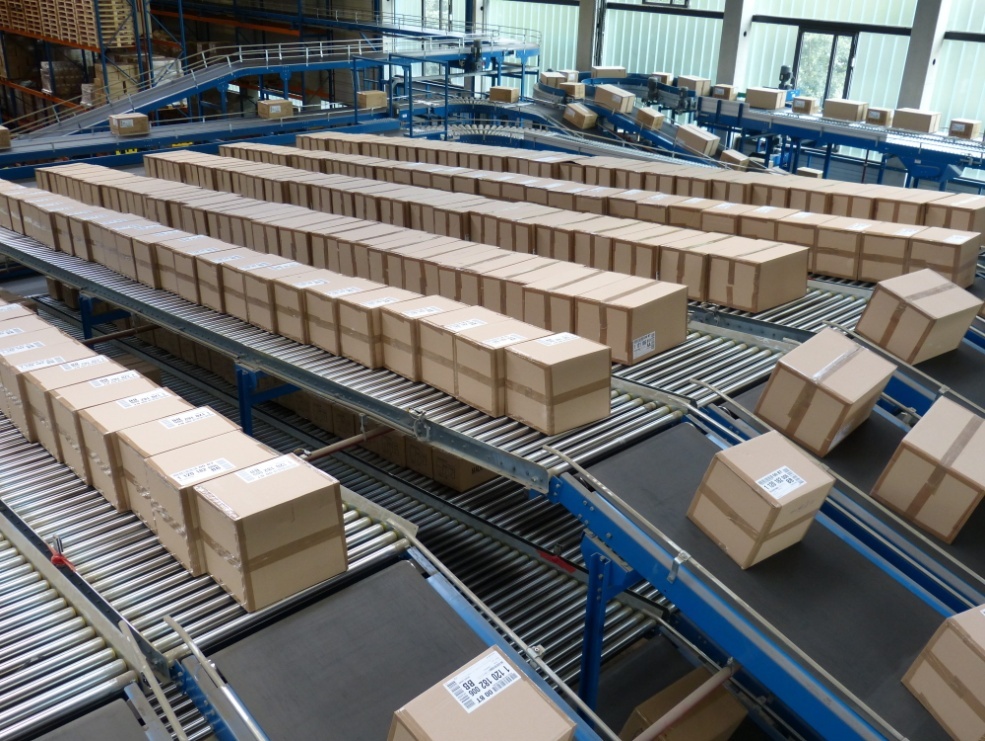Upgrading and modernizing your plumbing system can greatly improve the comfort, efficiency, and value of your home. Expert plumbers offer valuable advice to help homeowners make the best choices when it comes to plumbing improvements. Their knowledge and experience ensure that upgrades meet current standards, use the latest technology, and fit your budget. Whether you want to enhance water efficiency, install new fixtures, or prepare your home for future needs, expert plumbers guide you through the entire process with clear recommendations and practical solutions.
Why Plumbing Upgrades Matter
Plumbing upgrades bring several benefits that impact daily life and long-term home maintenance:
- Improved water efficiency
- Reduced risk of leaks and water damage
- Enhanced water pressure and flow
- Modern fixtures with better design and functionality
- Increased home value
פיקסמן plumbers understand these benefits and can tailor advice based on your specific needs and home layout.
Key Plumbing Upgrades Recommended by Experts
- Water-Efficient Fixtures
Installing low-flow toilets, faucets, and showerheads helps conserve water without sacrificing performance. Expert plumbers recommend products certified for water efficiency, helping you save on utility bills and support environmental efforts.
- Pipe Replacement and Repair
Old pipes can cause frequent leaks or corrosion. Upgrading to modern materials like PEX or copper pipes improves durability and water quality. Expert plumbers evaluate your current plumbing and suggest the best replacement options.
- Tankless Water Heaters
Switching to tankless water heaters can provide endless hot water, reduce energy use, and save space. Plumbers help select the right size and model for your household requirements.
- Smart Plumbing Technology
Modern systems offer smart leak detectors, automated shutoff valves, and water usage monitors. These tools prevent damage and allow better control of your water system. Expert plumbers can integrate these technologies efficiently.
How Expert Plumbers Help You Modernize Plumbing
- Assessment: They begin with a thorough inspection of your current system to identify outdated components or potential problems.
- Planning: Based on your needs and budget, plumbers propose upgrade plans that maximize benefits and efficiency.
- Installation: Certified professionals ensure correct and safe installation following all codes and standards.
- Maintenance Advice: Plumbers provide tips on maintaining new plumbing features to keep them working well for years.
Benefits of Following Expert Advice
- Cost Savings: Prevent expensive repairs by addressing issues early and choosing efficient upgrades.
- Reliability: Modernized plumbing is less prone to breakdowns and ensures consistent water supply.
- Comfort and Convenience: Upgraded fixtures and technology improve daily water use and overall comfort.
- Increased Property Value: A modern plumbing system is an attractive selling point for potential buyers.
Expert plumbers play a crucial role in guiding homeowners through plumbing upgrades and modernization. They provide practical advice on efficient fixtures, pipe materials, heating systems, and smart technology. With professional help, you can make informed decisions that enhance your home’s water system, reduce costs, and increase property value. Trusting expert plumbers ensures a smooth upgrade process and long-lasting plumbing performance.





